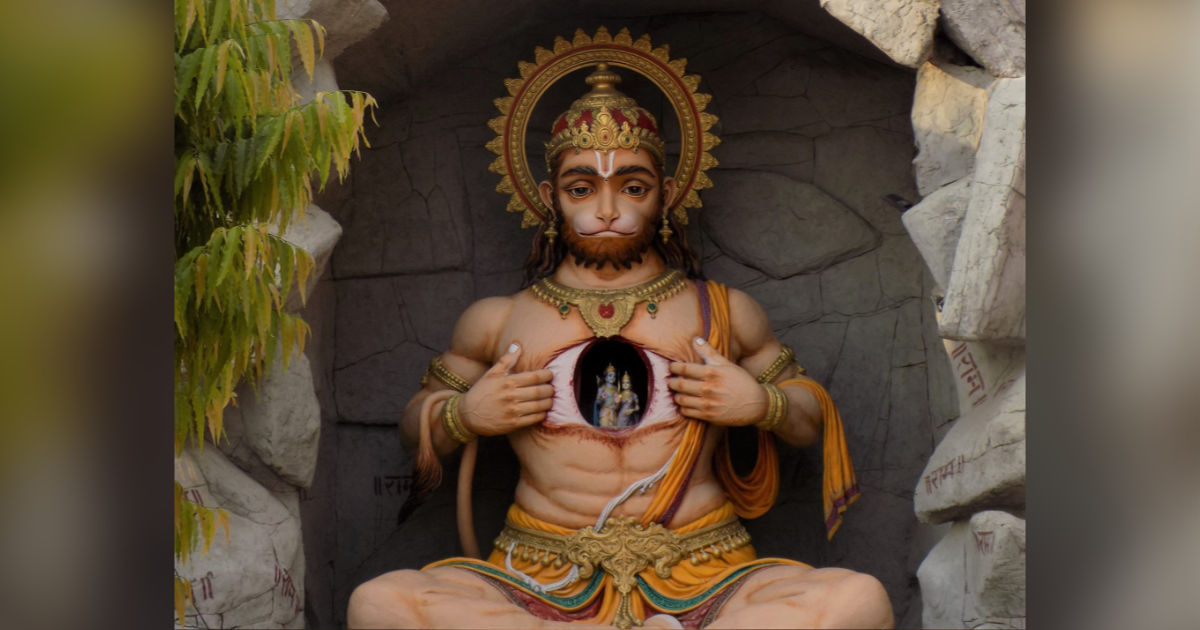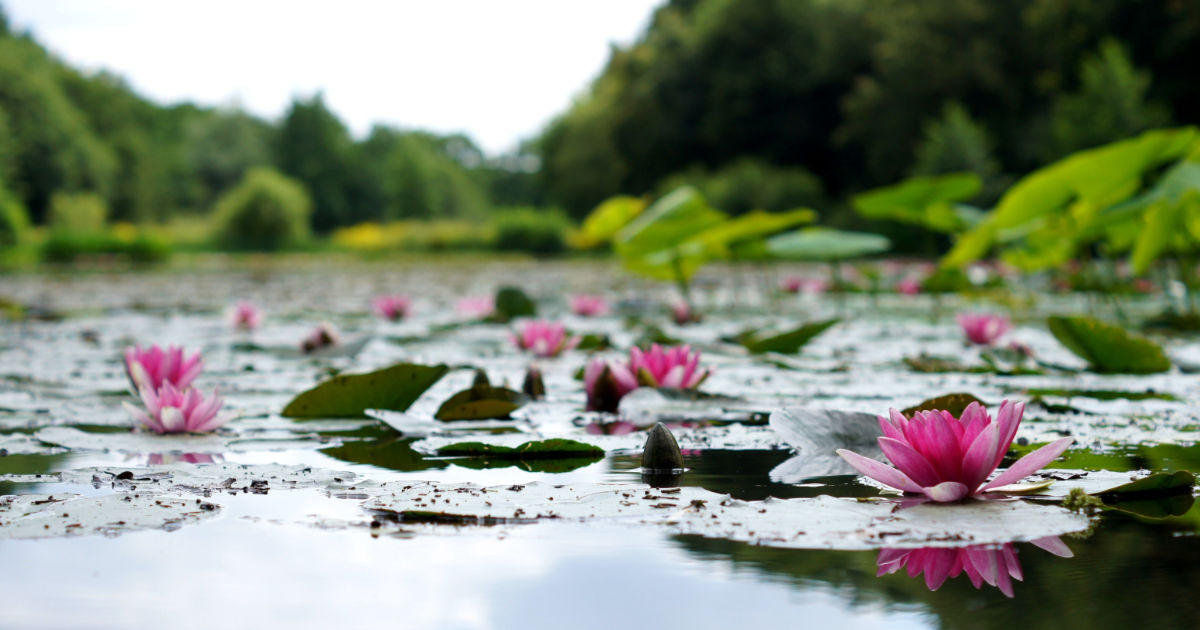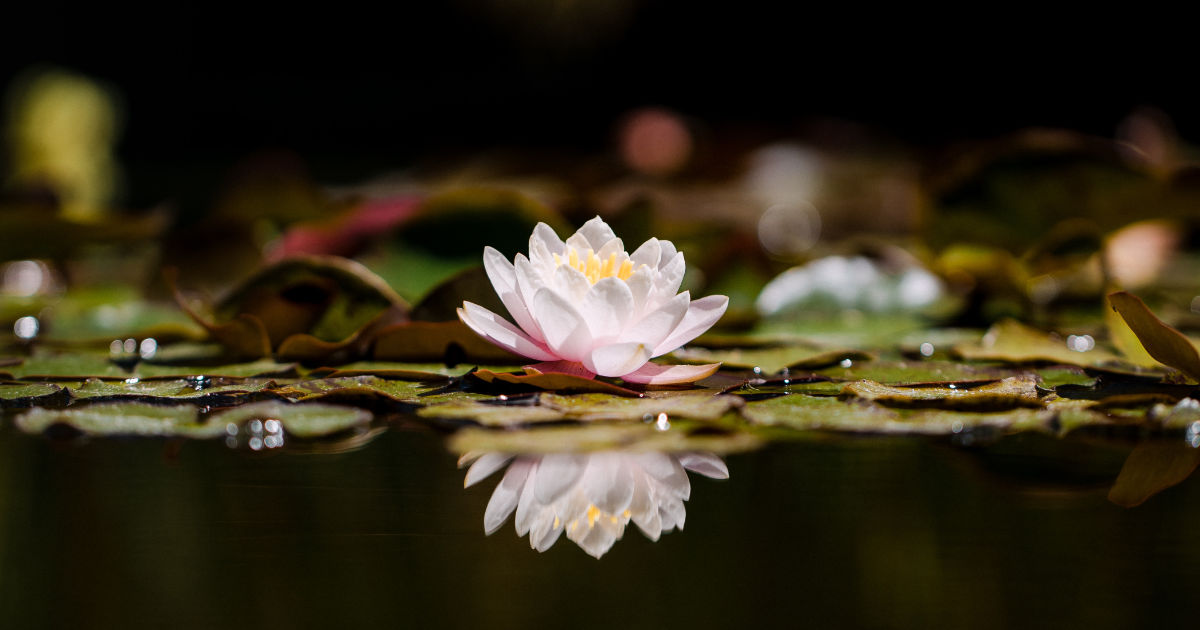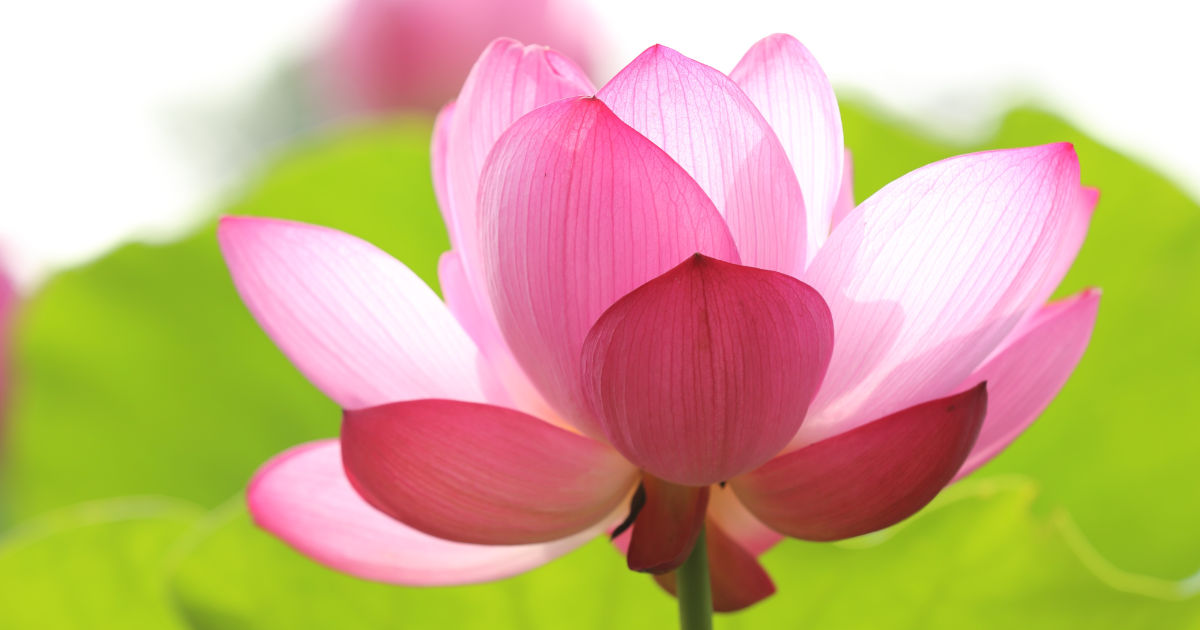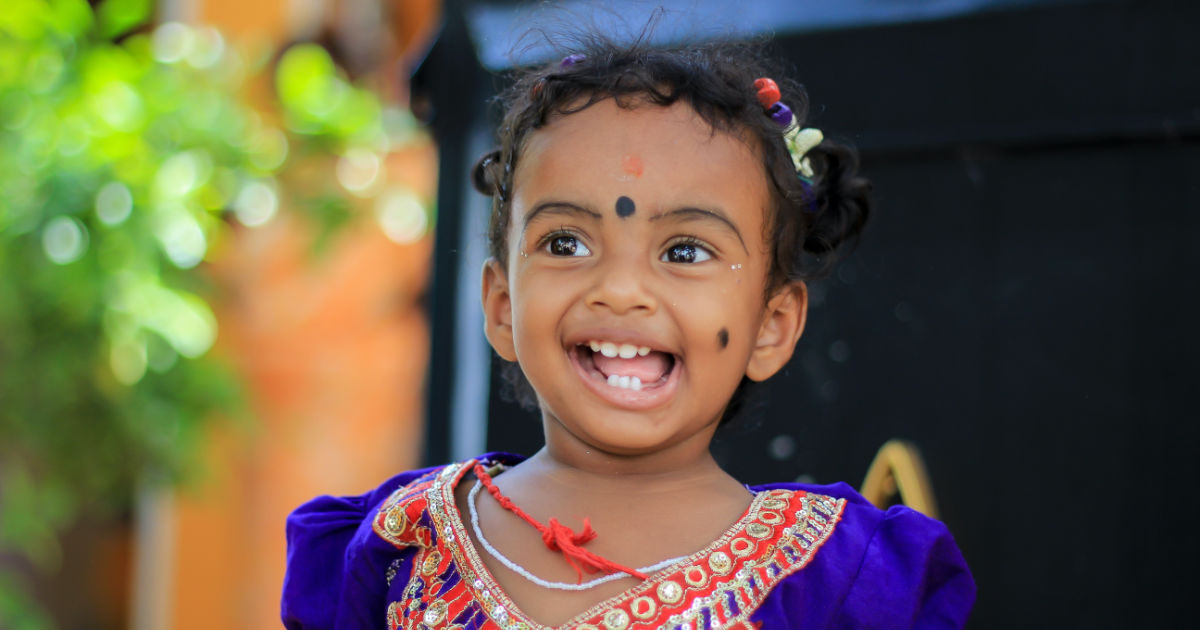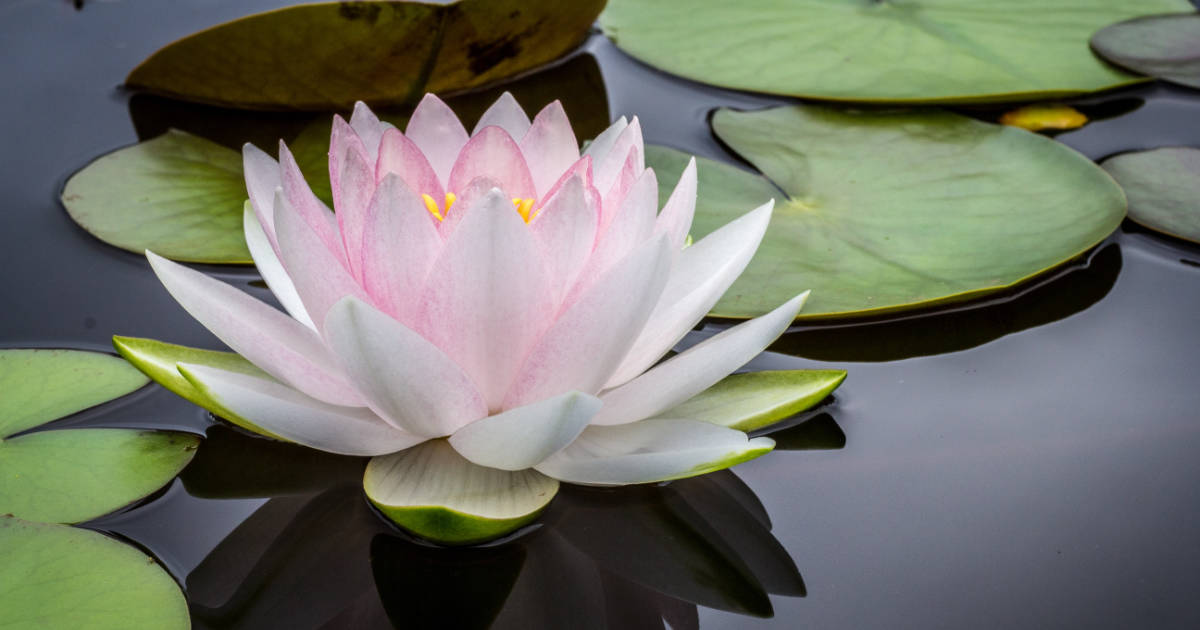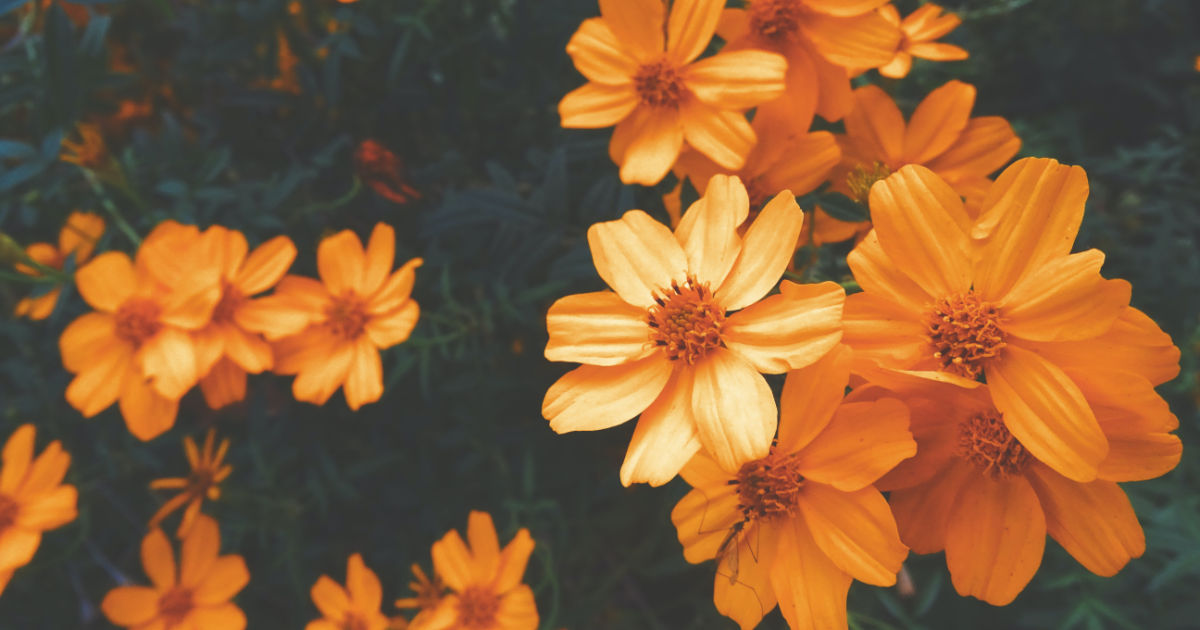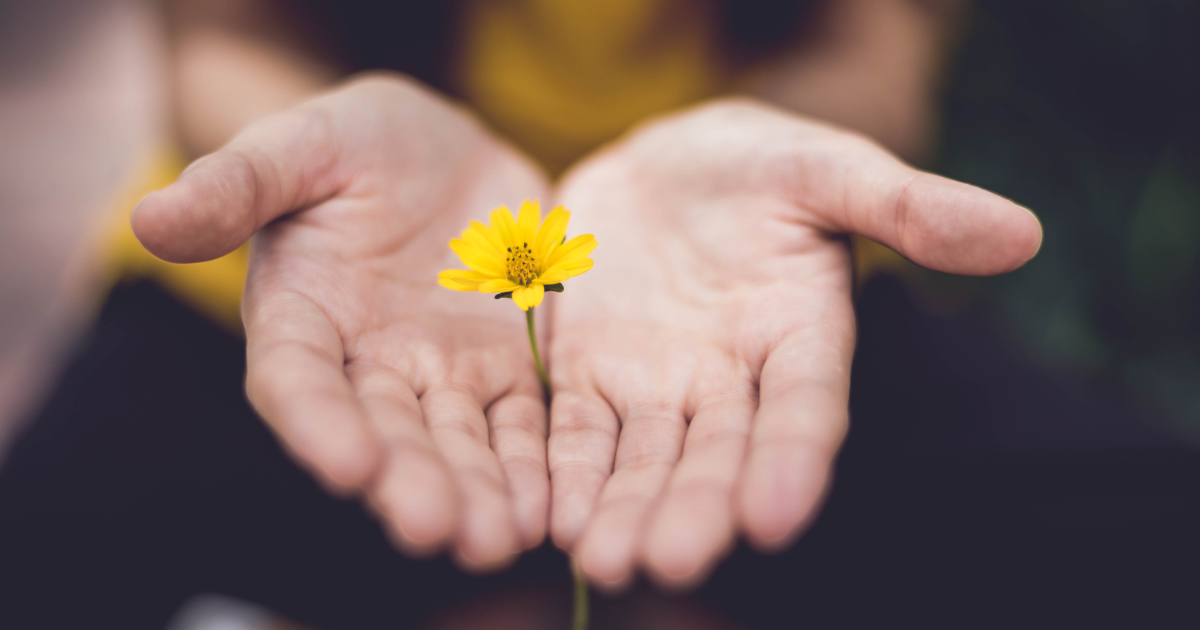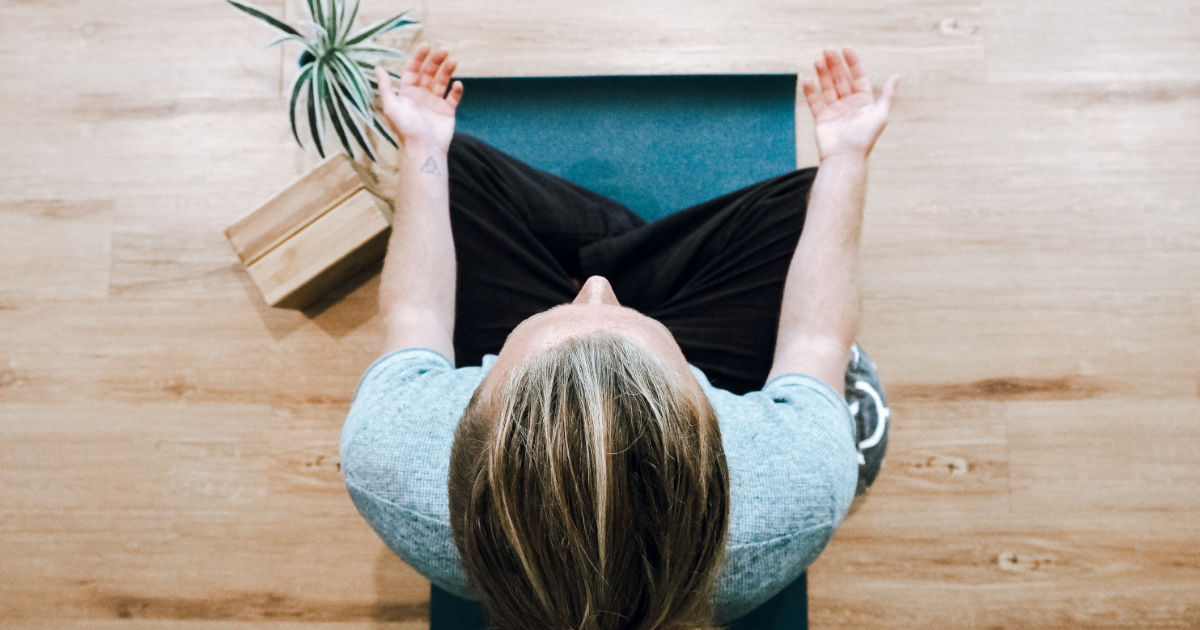
A man should hear a little music, read a little poetry, and see a fine picture every day of his life, in order that worldly cares may not obliterate the sense of the beautiful which God has implanted in the human soul. – Johann Wolfgang von Goethe
It is such an apt saying. We tend to shut ourselves in and become oblivious of the music, poetry and art. We are self-involved and are like the businessman in “The Little Prince,” who spent all his time counting the stars continuously.
The little prince and the businessman
Let me refresh your memory. The little prince arrived at the fourth planet. It belonged to a businessman. He did not even raise his head at the prince’s arrival. The prince greeted him and told him that his cigarette had gone out. The businessman ignored him and kept adding the numbers. He replied that he did not have time to light his cigarette again. Then he let out a deep breath and said that it makes five-hundred and one million, six hundred and twenty-two-thousand, seven hundred-thirty-one.
The prince asked, five hundred million what? The man said, “You are still there, I can’t stop, I have so much to do and I am concerned with matters of consequences.”
The prince was persistent and he had never let go of a question, so he asked,” Five hundred and one million of what?” The business man lifted his head up and said, “I have been disturbed only three times in the 54 years of my life, living on this planet. The first time a silly goose fell and made an infernal noise. The second time I had an attack of rheumatism as I do not get enough exercise. I have no free time. As I was saying five-hundred-and one million—.” The prince asked,” Millions of what?”
The businessman realized that he would not be left in peace, if he did not answer. He replied, “Millions of those little objects, which one sometimes sees in the sky.” The prince was not one to let go, he questioned, “Flies?” The businessman said, “Oh no. Little glittering objects.” “Bees?” the curious prince said. The businessman replied, “Oh no. Little golden objects that make lazy men dream. I am not lazy and I have no time as I am dealing with matters of consequence.”
The prince exclaimed,” You mean the stars?” He answered,” Yes, the stars.” The prince could not be quiet and he said,” What will you do with the numbers?” The businessman said,” I own the stars and it is making me rich.” The prince said “The stars belong to nobody.”
The businessman elaborated and said that if one found a diamond, it would belong to the finder. The prince was not satisfied with his answer and said that he could not put the stars in the bank. The businessman said that he could write the number of the stars on a piece of paper and lock it in a drawer. It was of great consequence to him.
The prince said that he had owned a rose he watered it daily and he owned three volcanoes, which he cleaned every week.
The businessman was silenced.
Aware of the beauty
What do we learn, my dear ones? Caring and sharing are important. Giving is essential as only then we learn about kindness and generosity. We should explore with our senses, listening, reading and appreciating. When we do this, we become more aware of the beauty created around us, which enables our senses to appreciate and absorb it. The businessman was only thinking about possession and was oblivious of the allure of the glimmering stars.
Perceptive philosophers like Goethe and sensitive writers like Antoine de Saint-Exupery create awareness sensitivity within us.
Aim Hrim Klim

